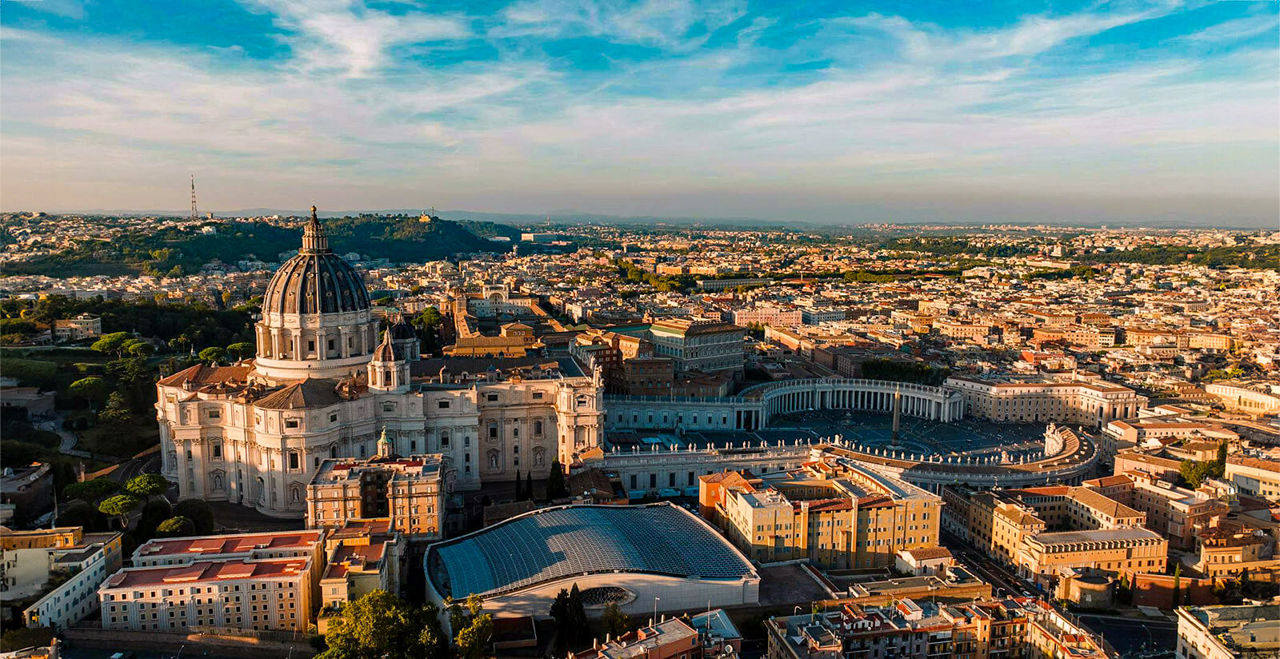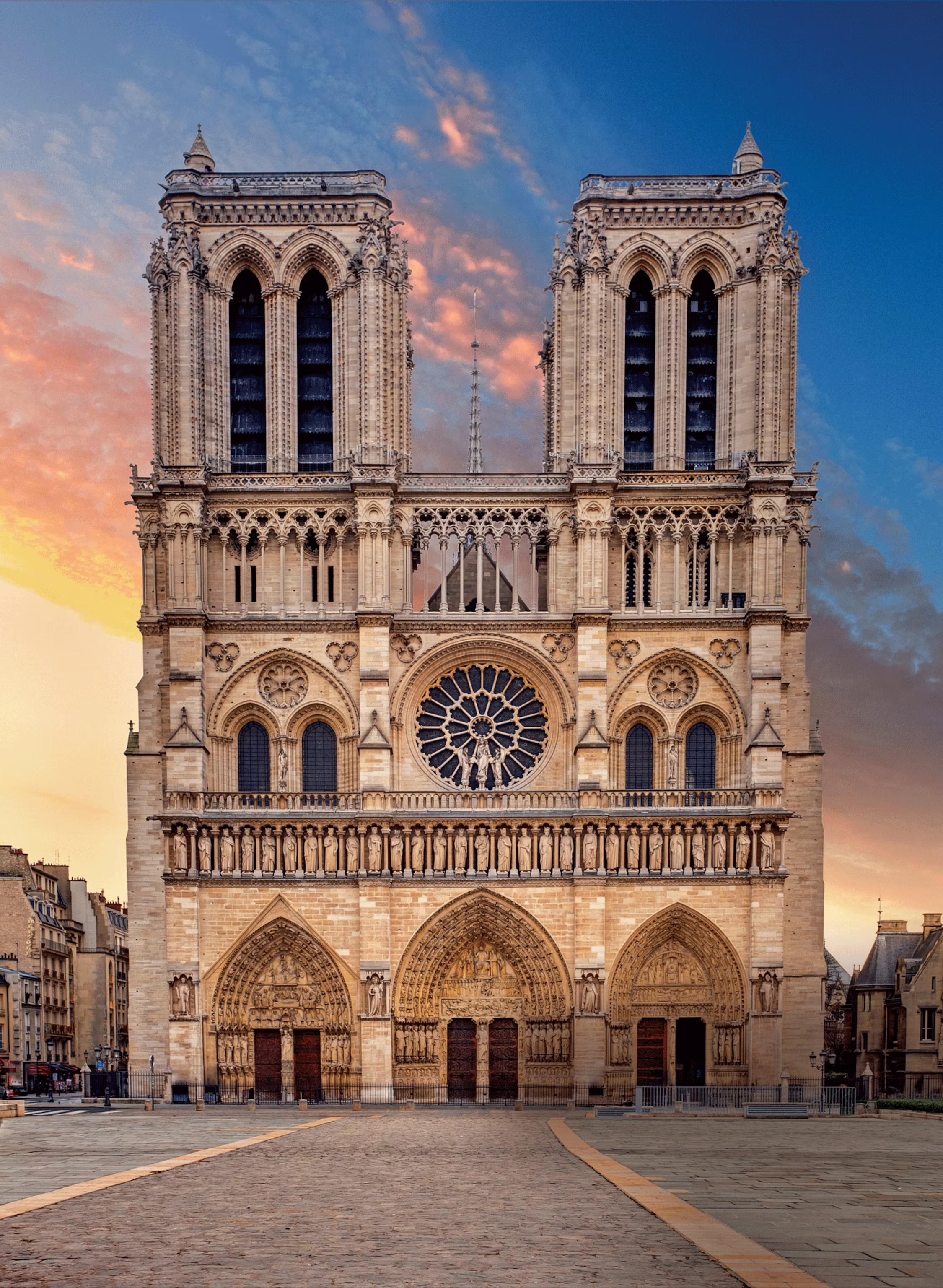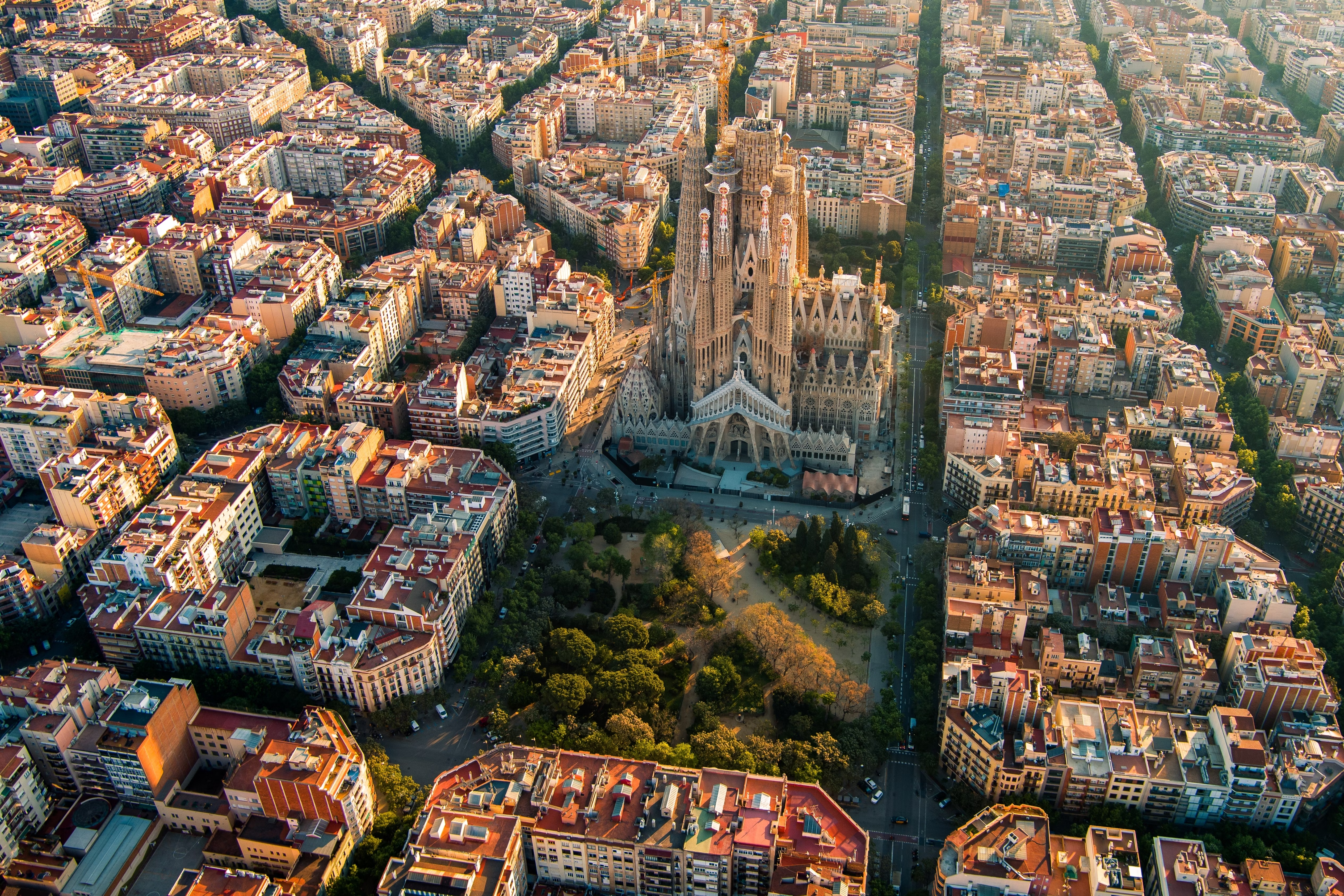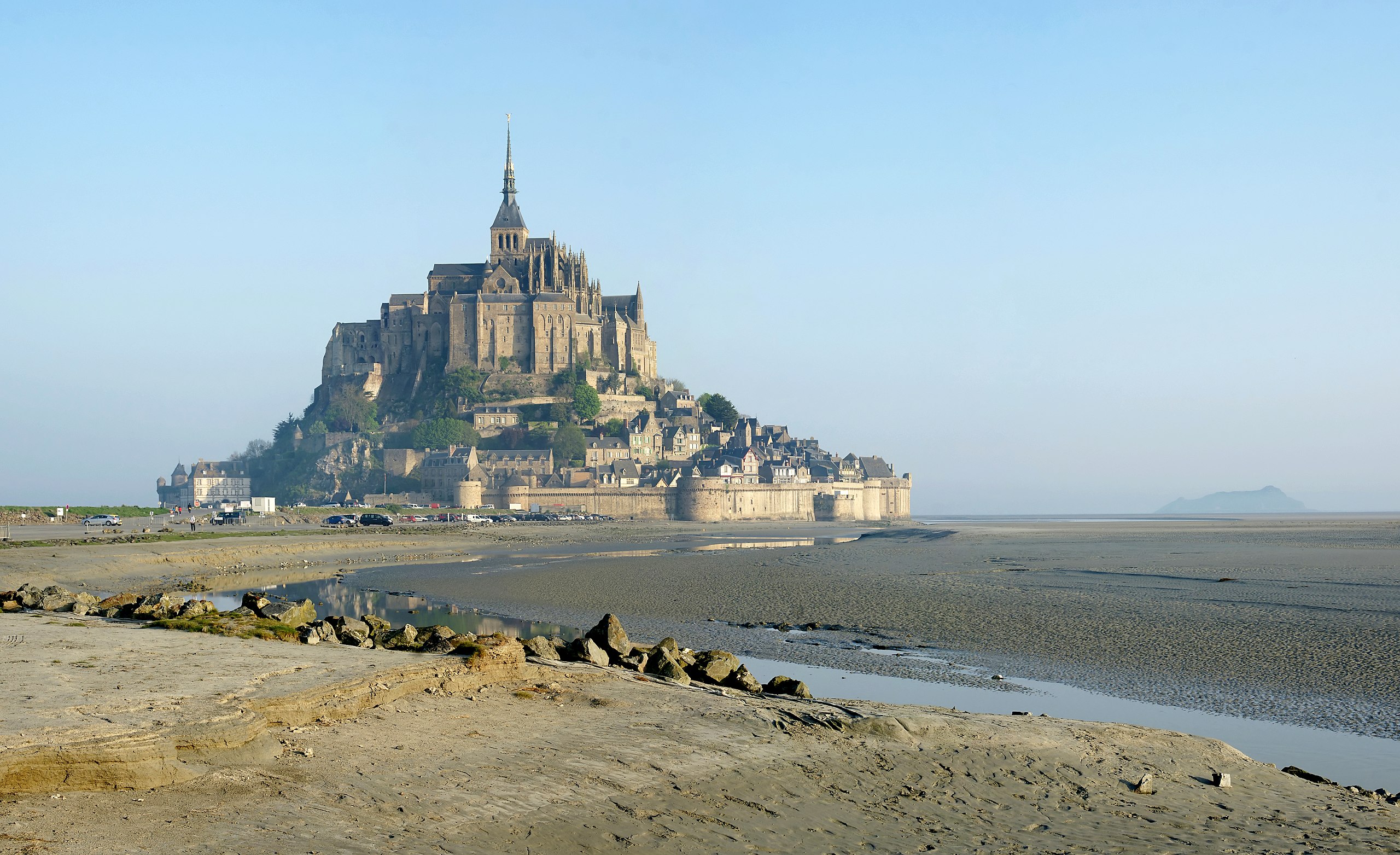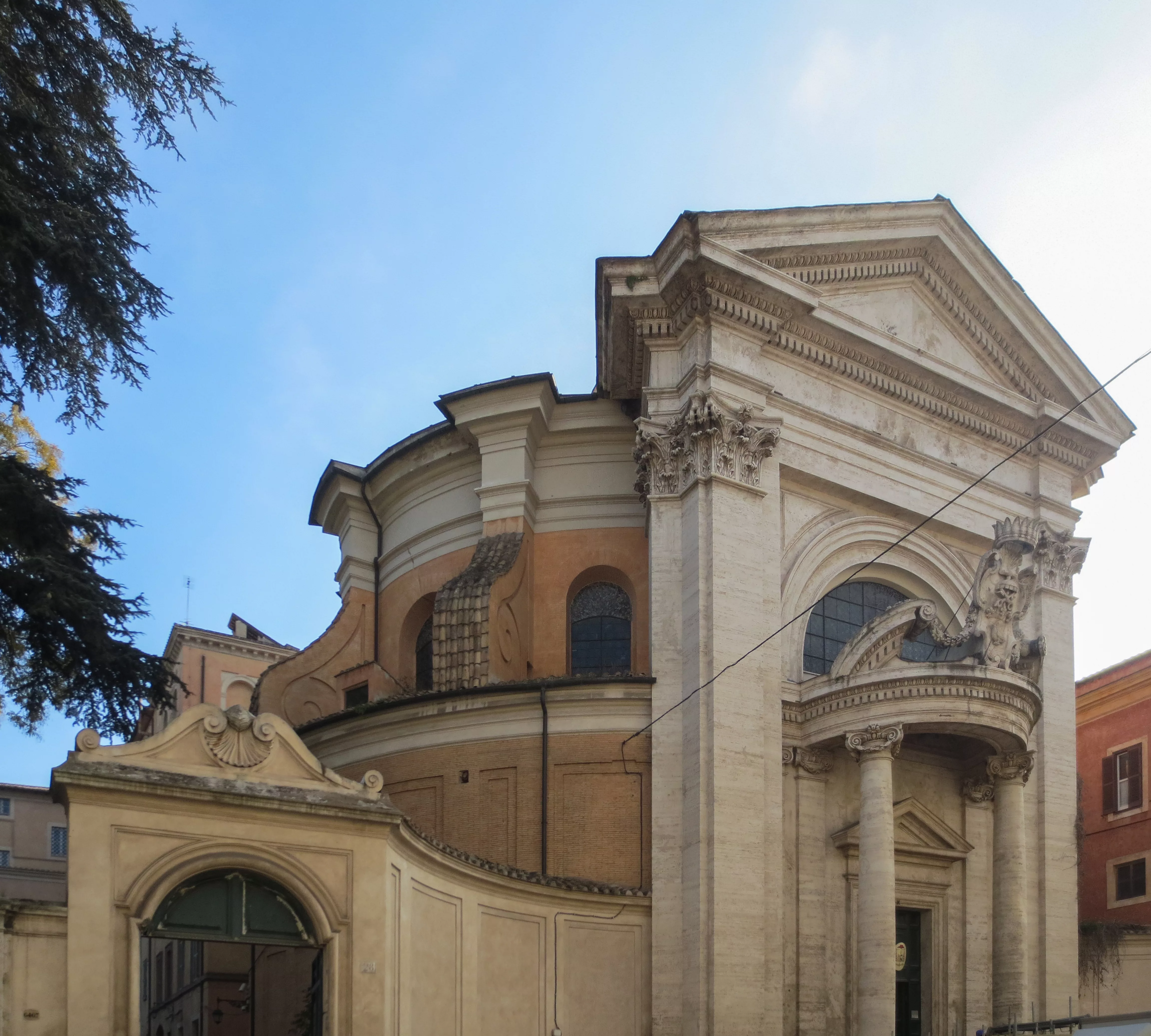
Sant'Andrea al Quirinale
A Jesuit church designed by Gian Lorenzo Bernini, considered a gem of Baroque architecture. It features an elliptical plan, rich polychrome marble, and a famous gilded stucco dome.
Historical Context
Sant'Andrea al Quirinale was constructed during the baroque period, specifically between 1658-1670. This era was characterized by significant developments in architectural techniques and religious expression.
The construction was commissioned by local religious authorities and took place during a time of the Counter-Reformation and Catholic Church's response to Protestantism. The building has survived through centuries of history, witnessing the Renaissance, political unification of Italy, and World Wars.
Over the centuries, Sant'Andrea al Quirinale has undergone several renovations and restorations, each adding to its historical significance while preserving its original character and purpose.
